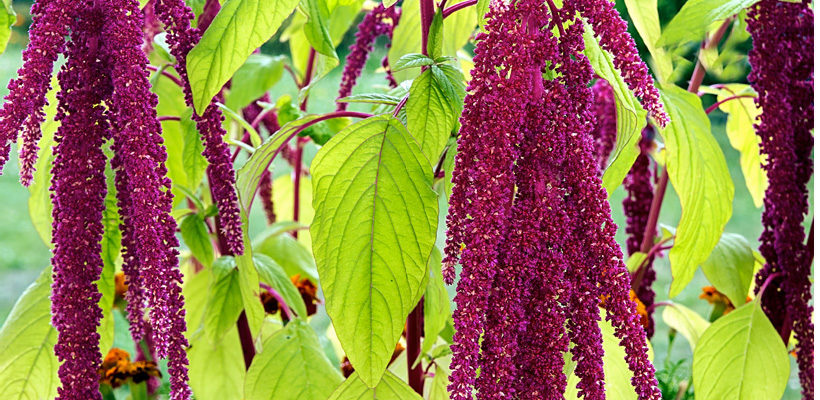
Plant Allergy Overview
Allergenicity
Severe
Pollen Season
Spring to Fall
Type
Weed
Sub-Type
Annual
Allergy Information
The chenopods are a particularly allergenic plant group; a likely cause of allergy.
Genus Details
The term chenopods is used to represent members of the Chenopodiaceae and Amaranthaceae families. The pollen grains of these two families are so similar that they are impossible to differentiate between species, even by trained technicians, so they are listed collectively as "chenopods". Some of the plants found in these families include amaranth, pigweed, waterhemp, russian thistle, lamb's quarters, and kochia. These plants are found throughout the United States and flower typically in the summer and fall. The pollen of these families can be highly allergenic and is a cause of concern to allergic individuals.
Pollen Description
Pollen grains are spheroidal and have between 30-65 pores. The exine is thin and granular. The various species of Amaranthus are difficult to tell apart using a light microscope.
Grains are 18-31 micrometers in diameter.
Genus Distribution
The shaded areas on the map indicates where the genus has been observed in the United States.
 - Native, observed in a county
- Native, observed in a county  - Introduced, observed in a county
- Introduced, observed in a county  - Rarely observed
- Rarely observedSpecies in Chenopods Genus
Allergens & Plants Search
Enter a full or partial species name to find more information on one of over 1,200 potentially allergenic plants.
For example, you can find chenopods searching on "cheno"
















